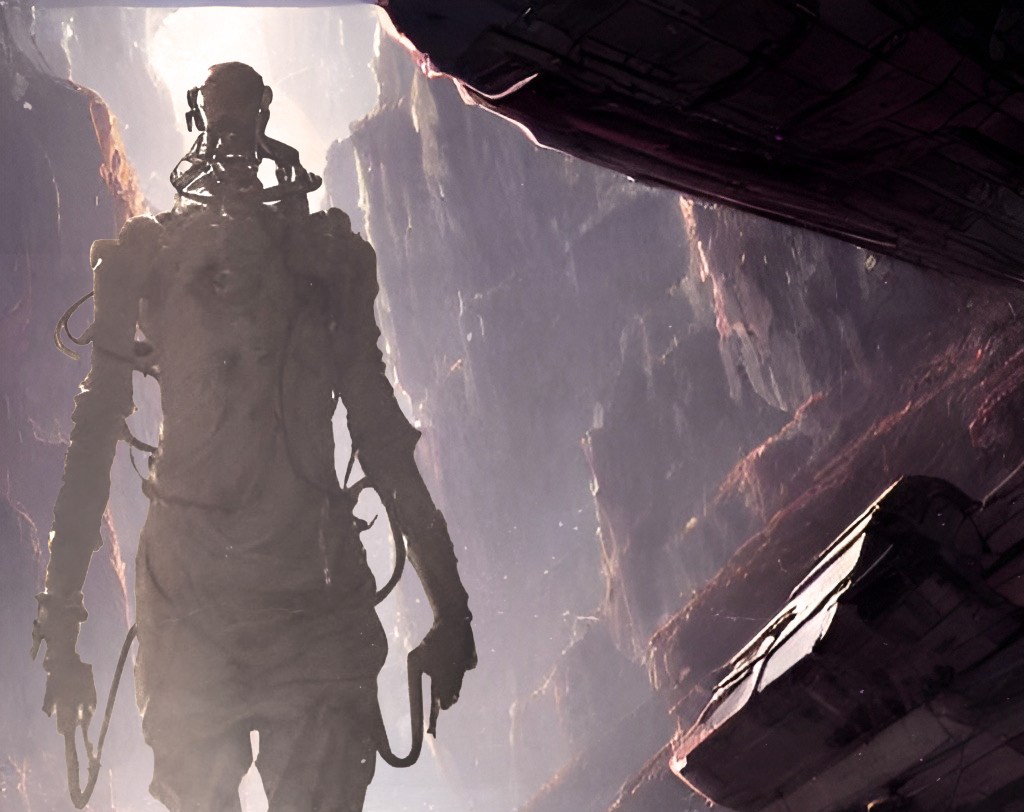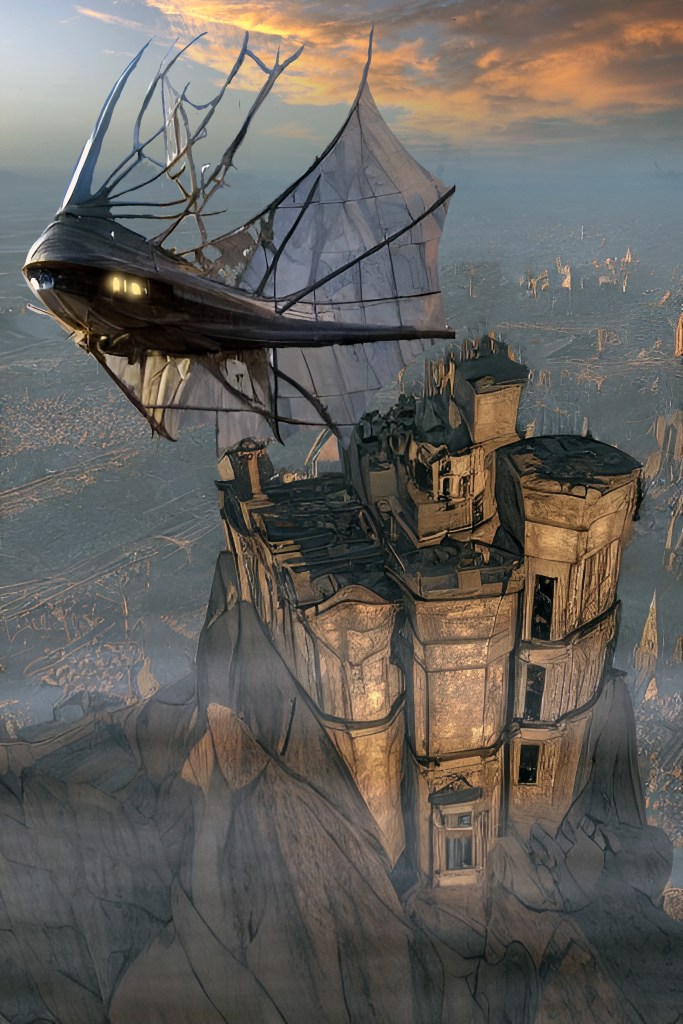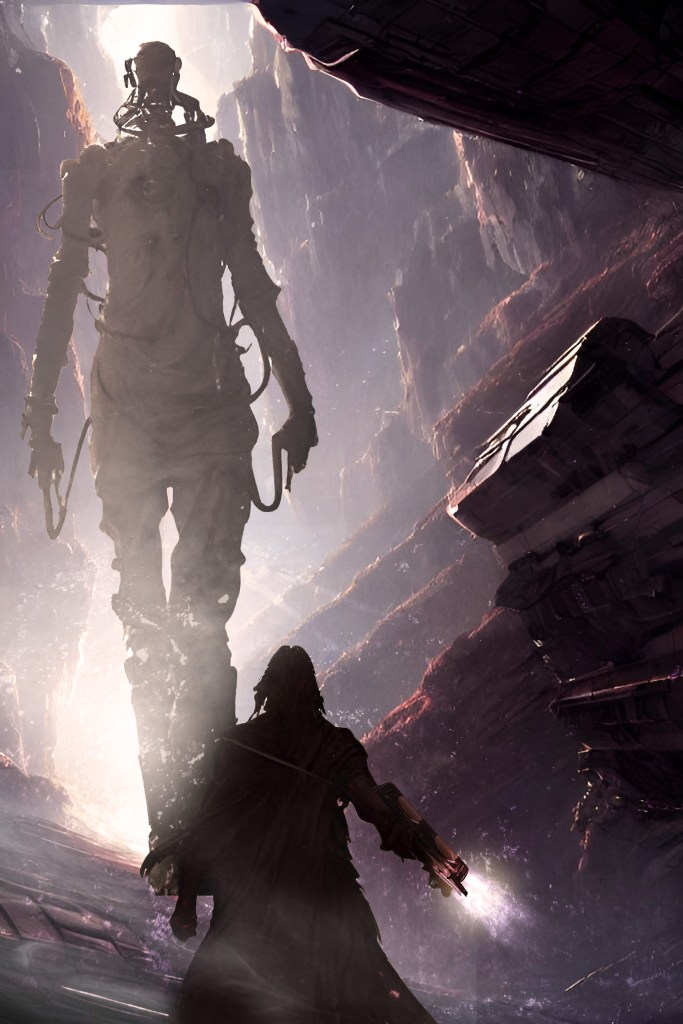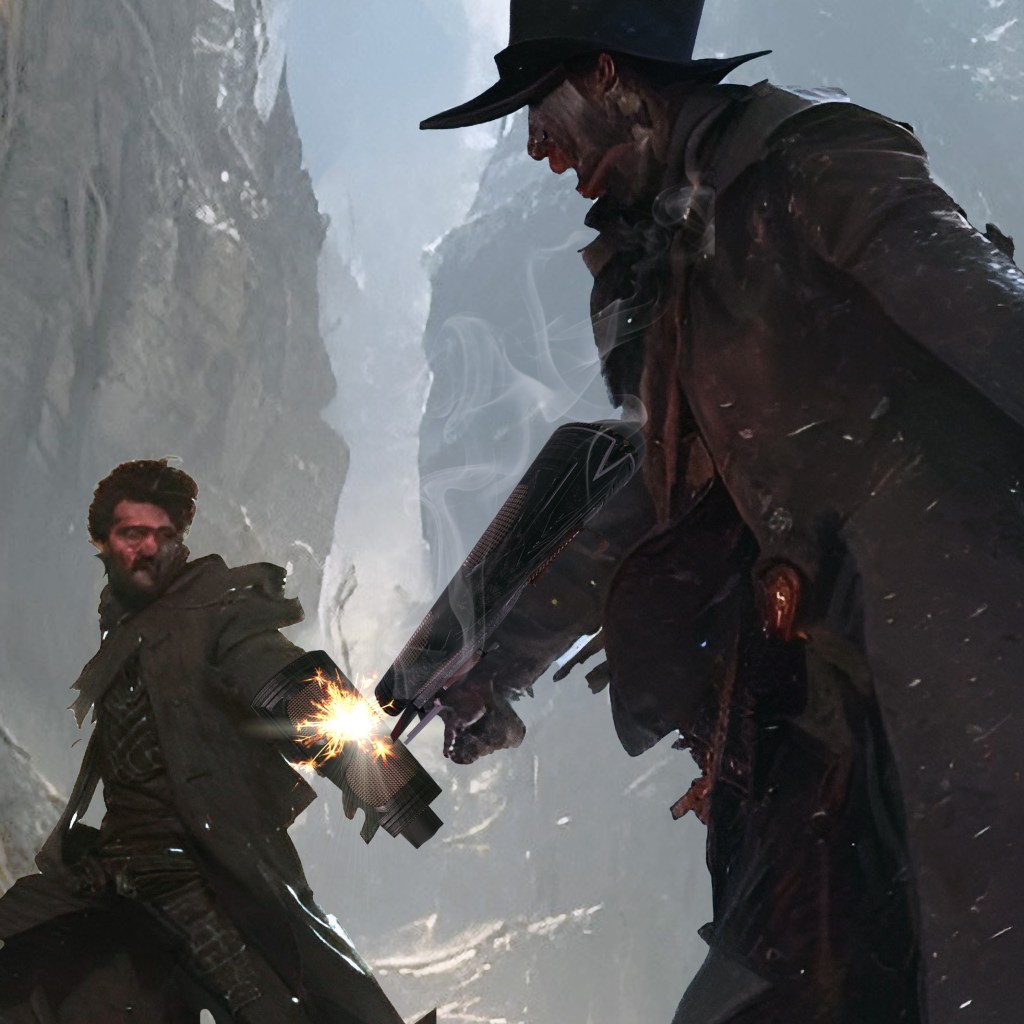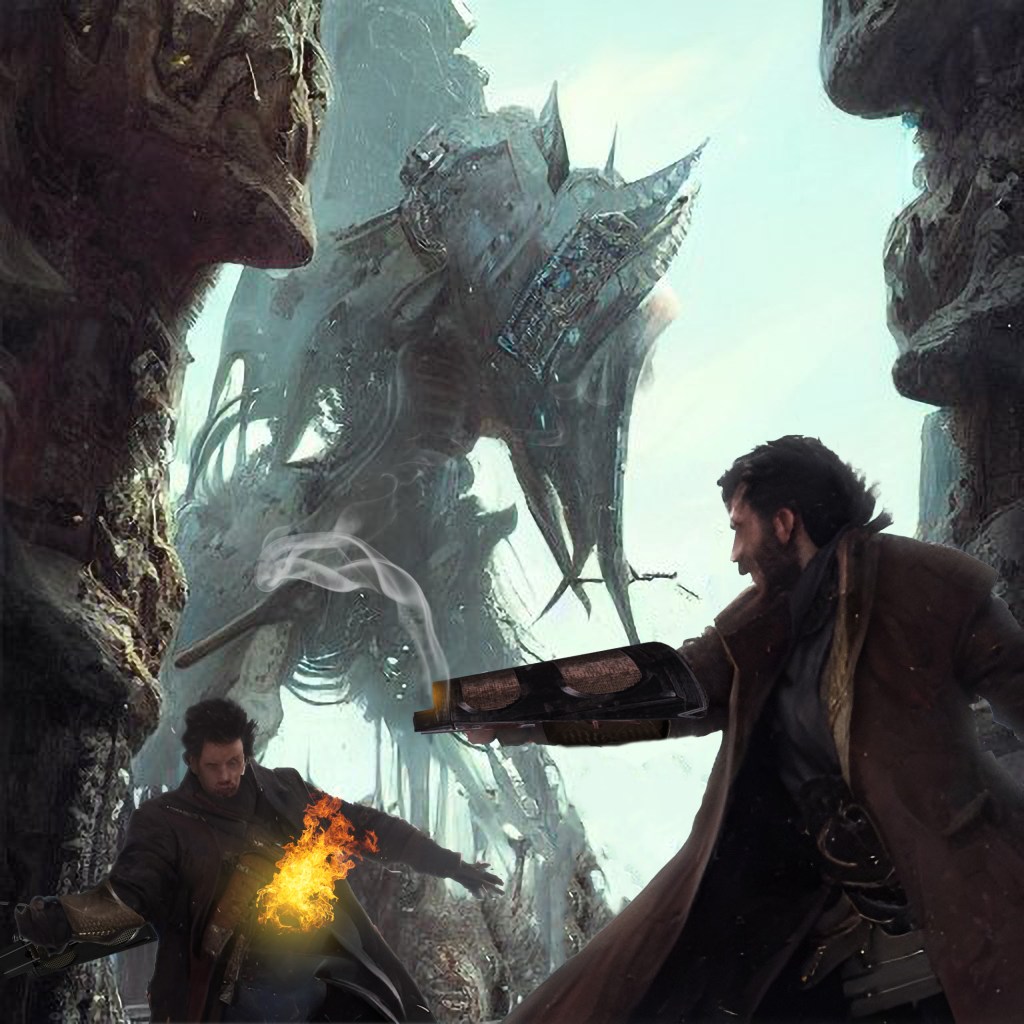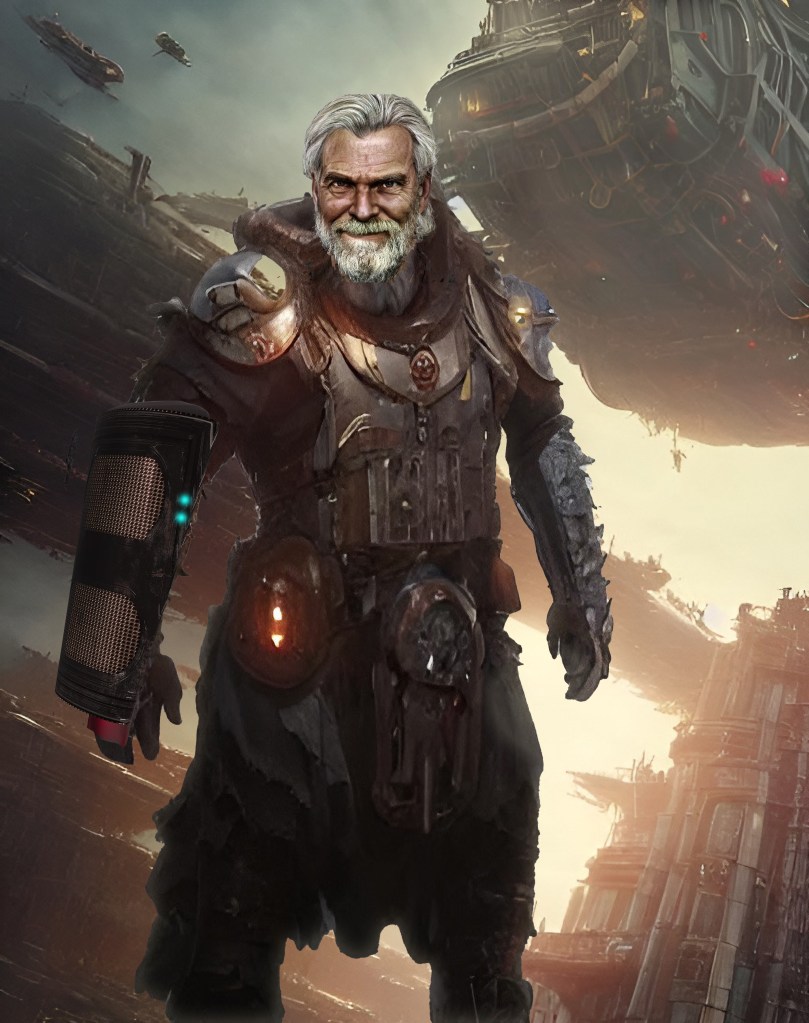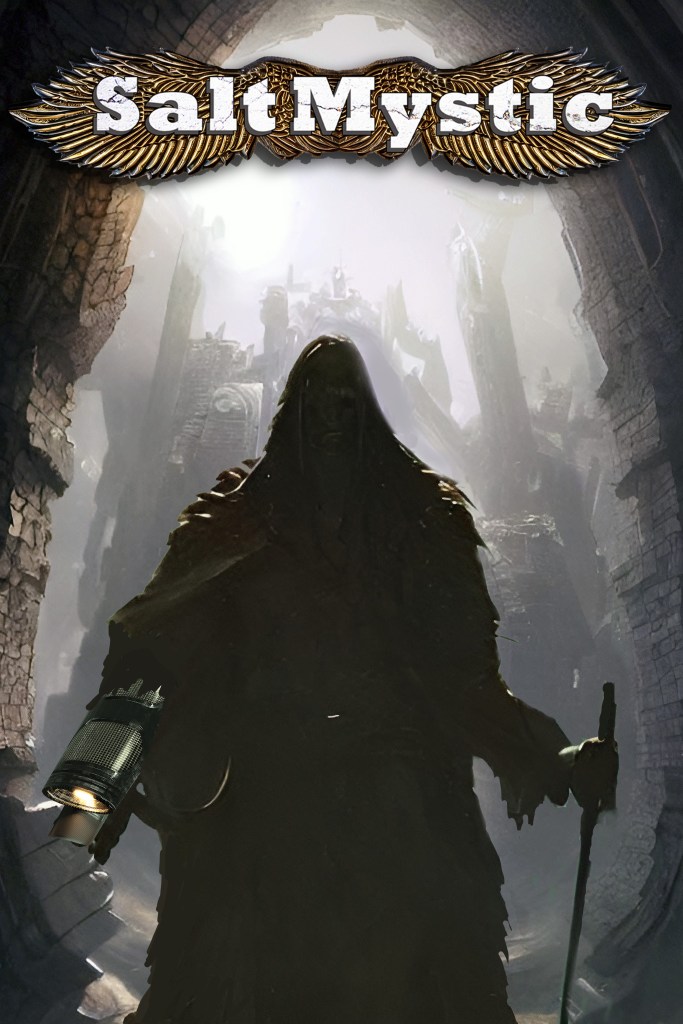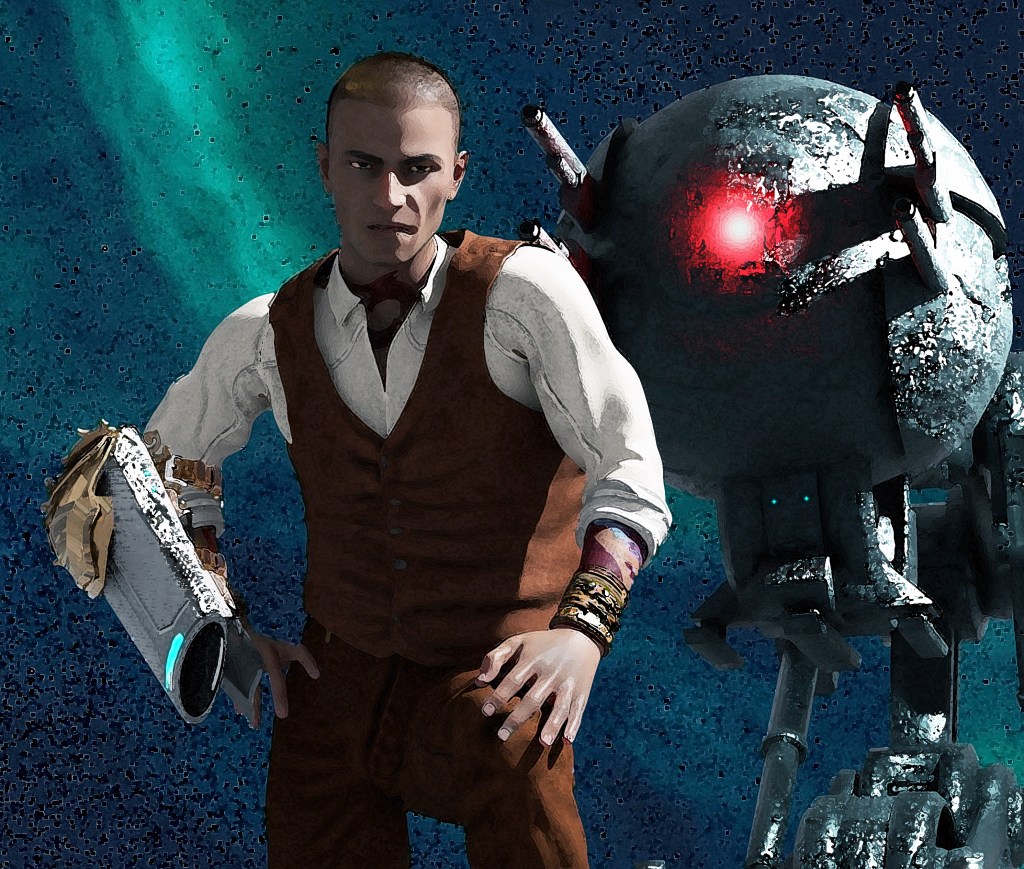
About this time last year, I wrote an article here on Grailrunner suggesting some books that pragmatically answer some great unexplained mysteries:
- What is the buried treasure at Oak Island, impossibly protected by ingenious traps and evading 200 years of treasure hunters?
- What really happened to the Mary Celeste, the ghost ship whose crew and passengers vanished into thin air?
- How did the ancient Egyptians really build the pyramids with technology available to them, sturdy enough to still be standing today?
- What was the identity of serial killer, Jack The Ripper?
You can read the article here. Some really great books I recommend in there.
Back in 2017, I completed a study of myth development about things like those in that list above, and suggested five principles that kick into gear when there are viable kernels on which to build and the timing is right. Read that one here.
The principles of mystery development:
- The story needs a new or interesting hook to rise to critical mass in the first place
- Often, the story suits or in some way encapsulates its era, or symbolizes a way of life (like Jack the Ripper’s foggy London)
- Confirmation bias is the first sign of critical mass – contrary evidence starts getting ignored
- Major players involved in the story’s propagation have agendas (like selling books or their story to news outlets, career advancement)
- Details begin to accumulate and attach, which aren’t true but fit well with the original kernel
The unsexy truth that I found in those rabbit holes is that much of what we may consider today the great unexplained mysteries of history often have super mundane, everyday, plain-jane answers that aren’t as thrilling as just keeping the mystery itself. We would actually prefer to be fascinated and fooled than be reminded that people are fallible and sometimes irrational, that we have cognitive blind spots that make us miss things, and that there isn’t as much magic in the world as we’d like.
James Randi said once that “Magicians are the most honest people in the world. They tell you they’re gonna fool you, and then they do it.”
So anyway, I thought today I’d tell you who killed JFK, whether there’s a grand conspiracy to start World War Three, whether there’s any truth behind the mysterious Philadelphia Experiment, and what’s really behind the Bermuda Triangle.
Hang on…
- Who killed JFK?

So I’m reading the Warren Commission Report on the Assassination Of John F. Kennedy. Every page of it. And when it’s particularly interesting, I’m reading the transcripts of the interviews. Every word of them.
There’s very likely no chance you’ve watched as many documentaries as I have about this assassination. I’m voracious about that, for whatever reason. And for years I’ve been entirely convinced that’s it’s ridiculous to believe anything other than a widespread conspiracy involving at least an unholy entanglement of the CIA and mafia, likely at the lower operational levels rather than a coup led from the top. I couldn’t necessarily buy that what Eisenhower called “the military industrial complex” decided to revolt and take out Kennedy to protect the world from communism in misguided patriotism, but I could possibly chew and swallow that operatives who blurred lines between organized crime and field agents might have taken things into their own hands, gone too far, and any signs of a coverup were after the fact, to disguise and clean up a big, wild mess that was never intended.
That doesn’t sound too hard to believe, in my opinion. And over the years as I read things like Legacy Of Ashes about the ruined legacy of the CIA and the wild mustangs doing what they do in government agencies, it made more sense to me that this sort of scenario was possible. And I still suppose it is possible.
But one thing has struck me like a ton of bricks in reading the actual words of the Warren Commission Report for myself is how unforgivably dishonest those documentaries often are. I’ll be all pissed off when I hear about some black-bordered advertisement in the Dallas newspaper that morning sounding threatening to the President, and how mysterious it was, only to find the Warren Commission knew exactly who placed the ad, why, why the border was black, whose name was on the ad and why, and even what they paid for it. You can read in detail how pissed off Jack Ruby was about that very ad, about there being a Jewish sounding name on it, and see his own words on what was going through his mind. It wasn’t mysterious at all; he totally explained why he was angry and it’s corroborated by other people.
I was baffled at why I’ve never been told there were multiple people who testified in detail that they saw Oswald in the window, which way he was looking, the expression on his face, and even one guy at a lower window who got cement dust in his hair after the shots were fired. All corroborated, and delineated in detail word for word with who said these things.
My point here is if you’re into this particular mystery, you’re being lied to and manipulated more than you might think by people trying to sell you books or films. Big time. Maybe Oswald did it after all, as boring and unbelievable as that may be.
2. Was there a conspiracy for 3 world wars?
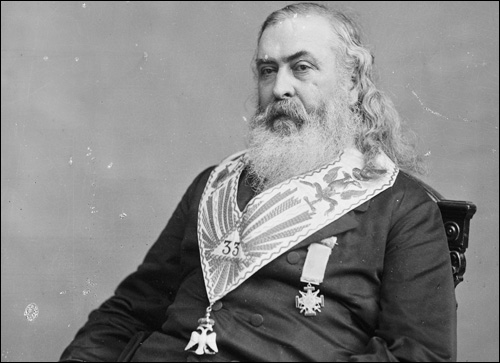
Google “3 world wars” and see what you find about an explosive letter Freemason Albert Pike wrote to Giuseppe Mazzini in 1871 regarding a conspiracy involving three world wars that were planned in an attempt to take over the world. The letter was reportedly on display in the British Museum Library in London until 1977 though they “mysteriously” deny its existence now.
The first war was to topple the Czars and create a communist state. The second war was to leverage that to balance the Christian world while Palestinian conflicts are generated to set the stage for more unrest. The third war will be to ensure the Arab World and the Israeli state destroy each other and to exhaust the world while chaos agents are unleashed to smash it all down. Then the real power figures behind all this will step in and run the world.
Several years ago, I read a scathing article that absolutely dismantles this whole narrative and all the nonsense inside it. Go read this one. Obviously there could be a huge global plot involving the Bilderberg conferences and the Council On Foreign Relations and whatnot, but to me the much more obvious answer here is people like to be shocked. And this is shocking.
Another lesson in this example is just how lazy people can get in quoting things without doing their own research. That’s plastered all over this one too. If you want to see the sort of thing I mean, take a look at a book called The Last Twelve Verses of the Gospel According to S. Mark by John Burgon. It’s really illuminating to see an utter annihilation of sloppy journalism like that, and it’s a lesson particularly suited for the times in which we live.
3. Was the Philadelphia Experiment real?

The story goes that a destroyer escort named the USS Eldridge vanished in a flash of light in October 1943 from the Naval Shipyard in Philadelphia as part of some misguided and disastrous experiments by the Navy to render ships invisible. Incredible details have been tied to the tale, with an eyewitness named Carl Allen ‘reluctantly’ offering exactly what he saw, and describing the terrible fusions of tortured sailors reappearing half-buried in the ship’s very steel.
Nonsense. Total nonsense. It’s a wonderful rabbit hole to go down though, and endlessly fascinating if you only pursue the conspiracy links and believe what you’re told. Lots of salacious details about Einstein’s mystery work that made the experiment possible, and musings about the teleportation that happened and what came of the doomed sailors. At least a couple of movies too.
Then read “Anatomy Of A Hoax: The Philadelphia Experiment Fifty Years Later” in the Journal Of Scientific Exploration, Vol 8, No. 1, pages 47-71 from 1994. No link on this one – I have a hard copy only, but it’s available behind some paywalls. You can see the gist of it here though. Nothing sexy happened at all – just a nutjob spilling weird stories that sounded fascinating and that could sell books, and people did. One twist here is some corroboration that’s often offered with this tale being that two officers at the Office Of Naval Research had copies made of the annotated book where the tale generated. Conspiracists will offer that these officers wouldn’t go to the expense of copying this book if it was nothing but a lunatic spouting nonsense.
But I was a Naval officer, and I love reading stuff like that.
4. Is the Bermuda Triangle real?
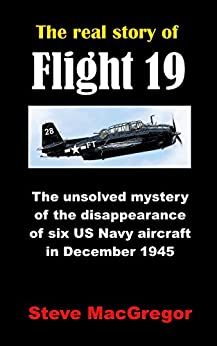
For me, the issue of the Bermuda Triangle falls squarely into this pattern I’m describing of a viable kernel of truth at the right time upon which sexy, exciting fables start to mount and pick up steam. It fits the five principles I mentioned earlier quite well, and it hinges on what happened to Flight 19.
Flight 19 was a 1945 training mission comprised of five Avenger torpedo bombers that disappeared off the coast of Florida, at the cost of 27 lives in total (including the PBM Mariner launched to search for the bombers that’s believed to have gone down in flames). This was the tragedy that started the myth in earnest, and it’s the one that formed the original kernel upon which other disasters or incidents (like Kenneth Arnold’s reported UFO’s in 1947 and Charles Mantell’s crash in 1948) were combined into what we know today as a place of UFO’s, mysterious vortices, or rogue waves that maliciously and enigmatically cause unexplained disappearances. If we figure out what happened to Flight 19, then the kernel goes away and it’s much harder to see a definitive pattern tied to this triangle apart from incidents anywhere else on the sea.
So what happened to Flight 19?
I imagine any conspiracist describing Flight 19 to us would emphasize how the instructor had a premonition of some kind that day, because he tried to avoid the training mission entirely. His request for another instructor to take the flight was denied. They might also emphasize how all the compasses of all the planes failed to work, and even the timepieces weren’t functioning. They’ll tell you the sea didn’t even look right. Then everyone just disappeared off the face of the earth and were never heard from again.
But read The Real Story Of Flight 19 by Steve MacGregor and see if there’s a more likely scenario of human failure and fallibility. Consider the possibility that the instructor didn’t have a premonition, but wasn’t feeling well.
I won’t steal any of MacGregor’s thunder and spell out his reasoning, but it’s a story of a mishap on a bad day and not one of aliens. And that’s illustrative of my entire point here with the kernels of truth being targets for agendas and those fascinated with being titillated.
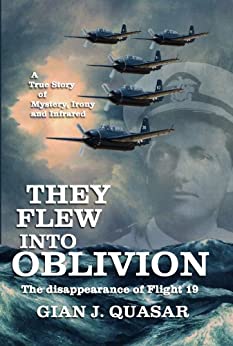
If you’d like a more thorough analysis of Flight 19, with some insights on the likely people dynamics, maybe what the pilots were thinking at the time, which is fascinating to me, take a look at Quasar’s They Flew Into Oblivion. It’s another great read.
*
But we want sexy, so we find it. Even where it isn’t.
Anyway, that’s what I wanted to talk about today. What do you think about some of these mysteries – did I cover your favorite? Apologies if I dumped cold water on something that inspires you. Wasn’t my intention at all.
And I’ll keep watching those JFK documentaries anyway.
Till next time,

